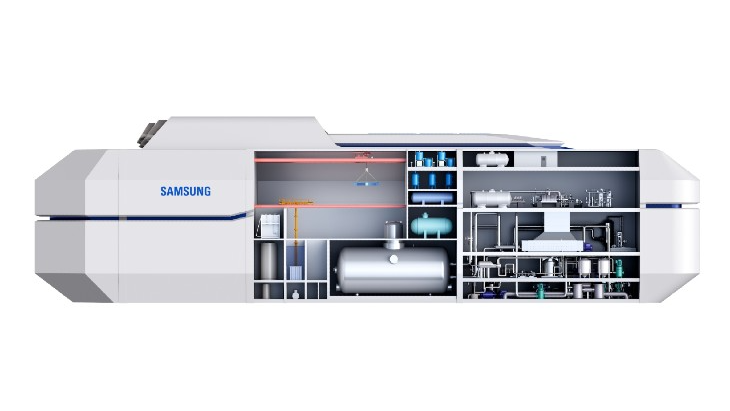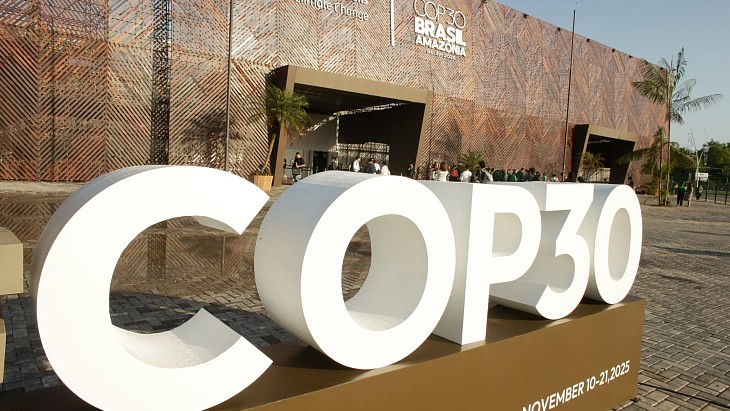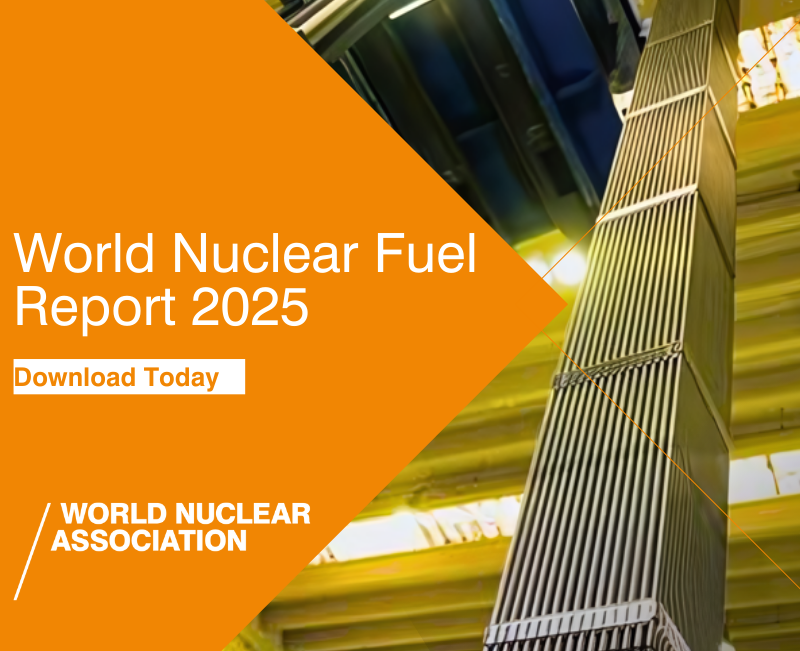There are currently a series of Project 22220 nuclear-powered icebreakers operating - the Arktika, Sibir, Ural and the Yakutia - or under construction - the Chukotka and Leningrad. Work on the Stalingrad at the Baltic Shipyard (JSC Baltiyskiy Zavod) is scheduled to see the keel laid down in November this year - which marks the official start of construction - and the icebreaker launched in 2028.
The Project 22220 vessels are 173 metres long, 34 metres wide and with a height from the waterline to the mainmast of 57 metres. They are designed to break through ice up to three metres thick and have a speed of 22 knots in clear water. They are powered by two RITM-200 reactors - a pressurised water reactor with a thermal capacity of 175 MW, which converts to 30 MW at the propellers. It is 7.3 metres high with a diameter of 3.3 metres and an integral layout which its manufacturers say means it is lighter, more compact and 25 MW more powerful than previous generations used on nuclear-powered icebreakers. The service life is 40 years.
Baltic Shipyard Director General Alexander Konovalov said that construction had started on the eve of the 80th anniversary of victory in the Second World War in Europe and said that it was named in honour of the defence of the city of Stalingrad during that war, and "will personify the power and technological leadership of modern Russia in the Arctic".
The nuclear-powered icebreakers are a key part of Russia's plan to develop the 5,600 kilometre Northern Sea Route, the shipping lane along its north coast, which can cut the distance and speed for shipping goods by sea between northern Europe and Asia. Russia says the distance from Murmansk to Japanese ports is halved by using the Northern Sea Route rather than the Suez Canal, with the duration cut from about 37 to 18 days. Global warming has made large scale navigation along the route more feasible, and it is being facilitated by a large-scale 'Project 22220' construction programme of nuclear-powered icebreakers.
Rosatom reported that in 2024 there was nearly 37.8 million tonnes of cargo traffic on the Northern Sea Route, 1.6 million tonnes above the previous high. There were also a record number of transit voyages - 92 - which helped set a record of 3 million tonnes of transit cargo. The nuclear icebreakers fleet provided 976 icebreaker escorts. Last month, Rosatom Direcotr General Alexei Likhachev said that the planned increase in Northern Sea Route trade meant that the number of icebreakers required will increase from 10 or 11 to between 15 and 17.

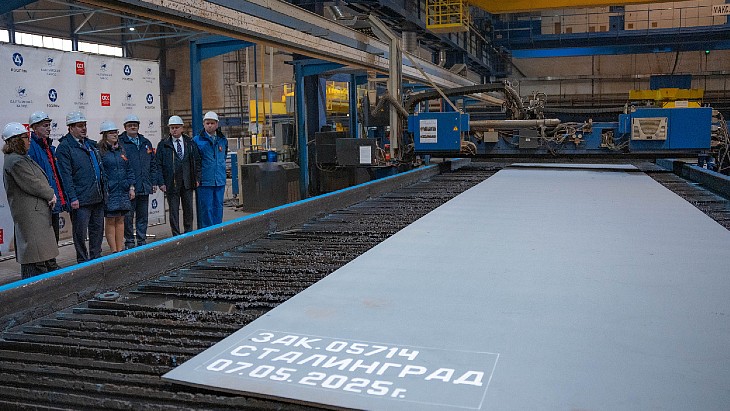



_47120.jpg)
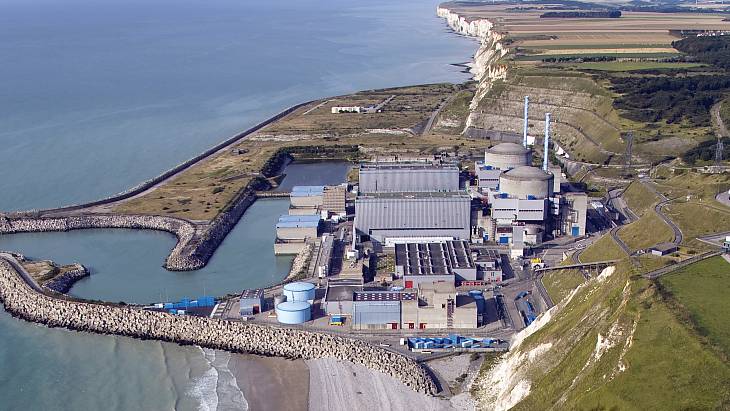
_23621.jpg)
